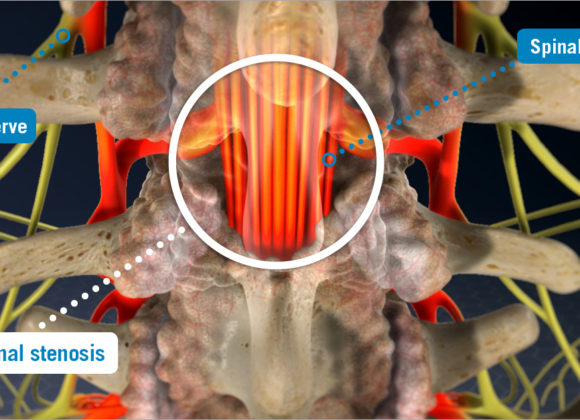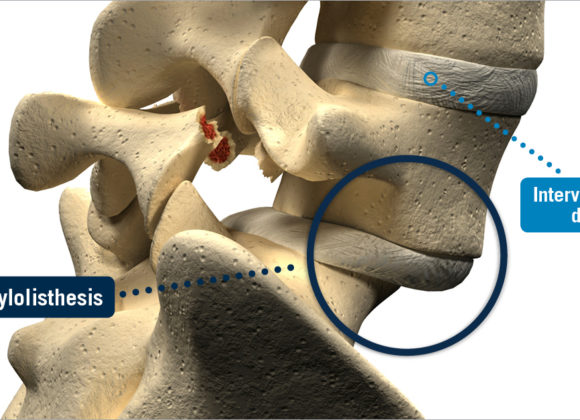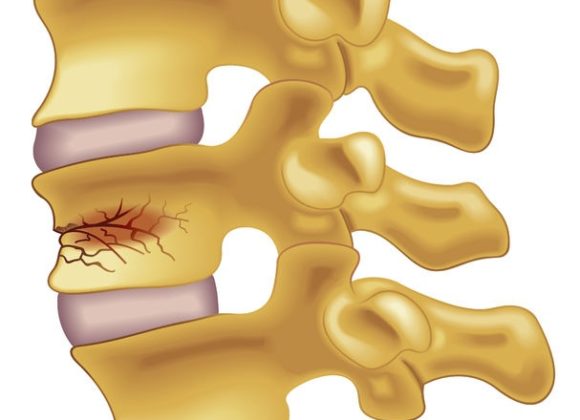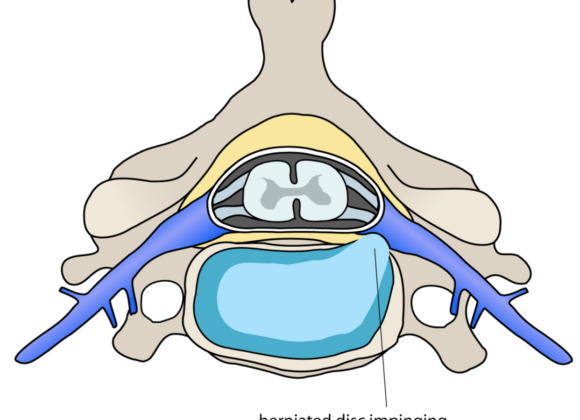Learn More
Conditions
Frequently Asked Questions
Extremity pain , usually radiating pain down the arm or leg typically occurs when there is nerve compression in the neck or the low back. The nerve compression usually occurs from disc herniation or bone spurs, but there are other causes.
X-rays give limited information, mainly showing the bony anatomy. MRI’s give much more detailed information, including disc changes, bone marrow changes, soft tissue (muscle, ligament, tendon) evaluation and the spinal nerves and spinal cord. The MRI can also identify tumors and infections.
With a Disc herniation (ruptured disc, slipped disc) there is usually the onset of back and leg pain. Often with nonsurgical care such as: medications, physical therapy, steroid injections, the symptoms will improve or resolve over a 6-12 week period. The nerve root inflammation dissipates and the pain resolves. If the pain resolves, then surgery can be avoided. If severe, intolerable back and leg pain persists, then a surgical procedure can be considered for pain relief.
Hospitalization after fusion surgery is limited by patient’s mobilization and symptoms. Once the patient can ambulate and his/her postoperative pain is manageable with oral medications, the patient is usually safe for discharge. The majority of patients who have undergone a one or two level fusion procedure are discharged on the day following the day of surgery. Those undergoing more extensive fusion procedures may require 1 to 2 additional hospital days.
Recovery is an ongoing process for several weeks after surgery, depending on the procedure performed. For the patient who has undergone diskectomy and/or laminectomy, there are no restrictions on walking, and driving can resume within a few to several days, usually limited only by the level of comfort of the individual patient. More strenuous activities such as golf, tennis and other sports are restricted during the first four to six weeks postoperatively, then usually can be resolved. The patient who has undergone a fusion procedure will have activity restriction for about a three month period, but walking and driving can begin early on as with the laminectomy patient.
We encourage patients to get up and walk on the day of the surgery. Early mobilization speeds up the recovery time, and shortens the hospital stay. In addition early mobilization lessens the risks of postoperative blood clots and postoperative pulmonary complications after the general anesthetic.
The ability to return to work at an early date after surgery is of course dependent on the type of work performed. Lifting is limited, depending on the procedure performed, to 10-15 pounds for a few to several weeks. Car driving is usually allowed as soon as the patient’s comfort permits. Thus, if one performs a job that has limited physical demands, they may be able to return within a few to several days.
Spinal fusion is most beneficial for patients who have a slippage of a vertebrae forward on the vertebrae below (spondylolisthesis) and have not responded to nonsurgical treatments over a 3 to 6 month period. Fusions are utilized to stabilize “unstable” spines, including curvature of the spine, called scoliosis.





